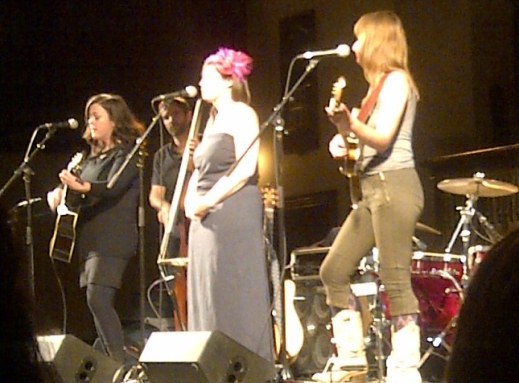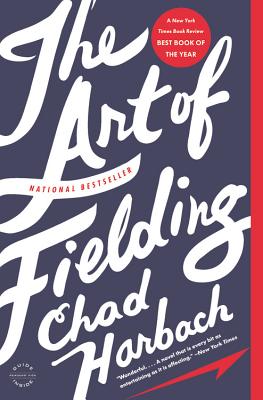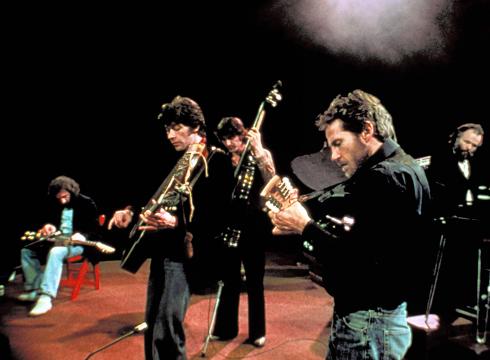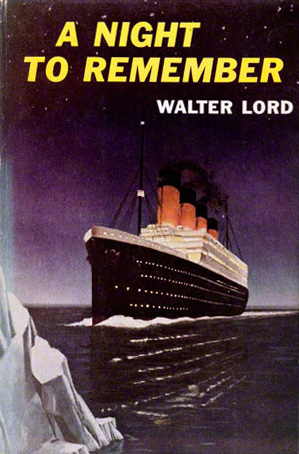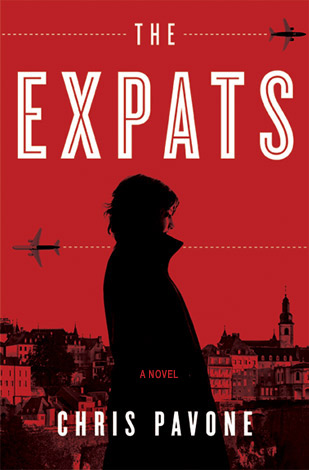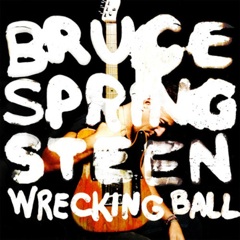It was a hundred years ago last night at 2:20 a.m. the RMS Titanic sank after hitting an iceberg at 11:40 p.m. It’s humbling and shocking even now, thinking of the world’s biggest, fastest ship up to that point (deemed “unsinkable”) and more than 1,500 of its passengers disappearing on its maiden voyage into the icy waters of the North Atlantic. Titanic’s story is one so visual now to our imaginations, as if it were engraved into our DNA. It’s long since taken on mythological proportions.
With its 100th anniversary, I couldn’t help but take the plunge into the massive coverage of all things Titanic. I’ve seen a few Titanic TV specials recently: one on its engine room staff that worked so hard to keep the lights on; another on the iceberg that hit it; another on James Cameron’s analysis of the underwater wreck site that was found in 1985; and finally the 1958 film “A Night to Remember,” which is taken from this book of the same name.
But there’s so much more on Titanic: new research, new books, new theories; all recently banking on the 100th anniversary. But what intrigued me was to go back to the very first book on it, Walter Lord’s classic “A Night to Remember” from 1955. After all, I had never read it before this.
Indeed it is a great source for what happened on the night of April 14-15, 1912. As Lord wrote: “This book is really about the last night of a small town.” And for sure, Titanic was that big and carried that many people. It was like a microcosm of Edwardian society, with cabins and luxuries designated by class, and women and children given first seats on the lifeboats. Never again would the world be quite like this in such circumstances.
“A Night to Remember” reads as if the action were happening right then and there, making it quite dramatic as the tragedy unfolds. From the late sighting of the iceberg, to the damage assessment, call to lifeboats, distress signals, eventual sinking and freezing rescue, Lord pieces together such a vivid picture, strengthened by the 63 survivors he spoke to in writing the book. The quotes of conversations he uses, which enliven the account, are not made up but are amazingly given as remembered by survivors.
“Night” reads a bit like a Jon Krakauer book. And indeed, Walter Lord was one of the first writers to bring journalistic narrative to history, which we are so much better for. The book’s not weighed down with a lot of documentation, speculation or background (for that there are many others), but it briskly recounts in an organized, accurate way what happened and when on that fateful night and the many colorful people involved and lost. Interesting roles are played by Captain Edward John Smith, Titanic’s builder Thomas Andrews, ocean liner president Bruce Ismay, Fifth Officer Harold Lowe (who went back to pick up survivors) and Second Officer Charles Lightoller who survived by balancing with others on an overturned collapsible lifeboat.
After the ship went down, it’s amazing that some of the passengers were able to swim to a couple of these collapsible boats in the 28-degree Fahrenheit water and somehow survive until the rescue ship picked them up a few hours later. “Night” conjures scenes like these that you won’t believe and won’t be able to forget. It makes you wish you could change all the little circumstances that led up to the disaster: if only the Titanic weren’t going so fast through an ice field on a moonless night, or if only they saw the iceberg sooner, or if only the ship the Californian 10 miles away came to their distress, or if only they loaded the lifeboats with more people — or, or, or ….
It’s a great book that can do all that. My only wish is perhaps that author Walter Lord had written an afterword on it that went into the disaster’s hearings a bit. Some of the survivors’ testimony would have been quite interesting, too. But still “A Night to Remember” is quite a night, and there’s more interesting details in Lord’s book “The Night Lives On” from 1986. Sadly he died in 2002, but not before consulting on that other Titanic movie you might have heard of. Apparently Lord once crossed the Atlantic on the RMS Olympic, the Titanic’s sister ship in 1926. So perhaps that is where he got his zest for capturing such a sea story.
If you happen to see the 1958 film of it, which you should, watch for Sean Connery, apparently he is amid the chaos as a deck crewman.
